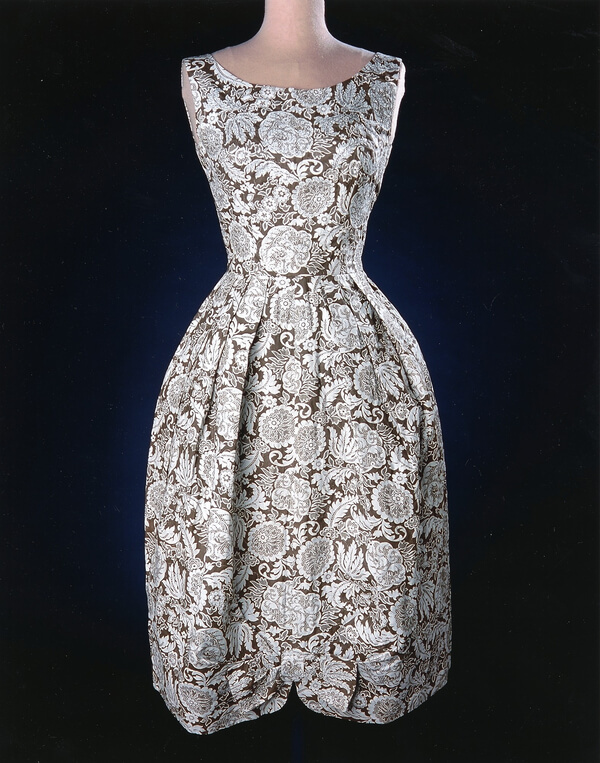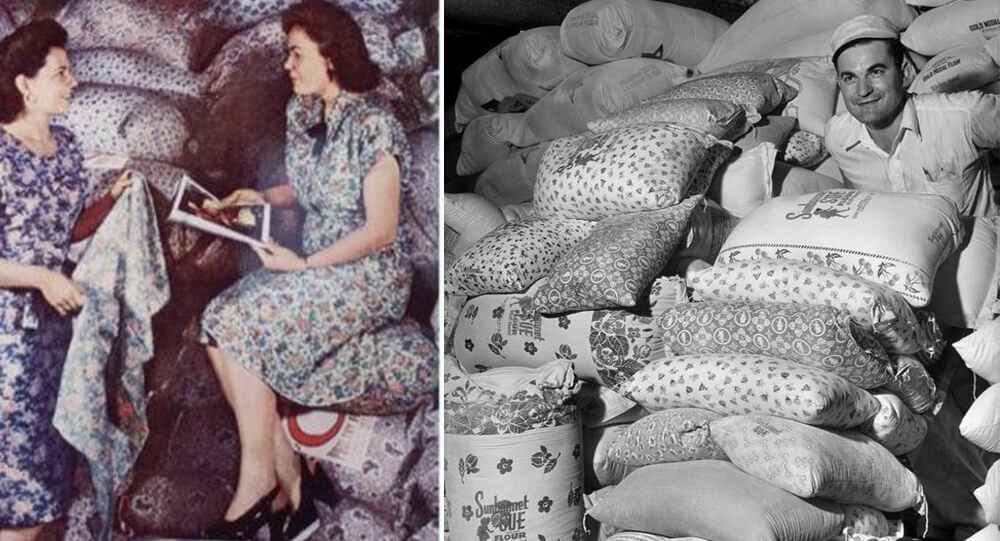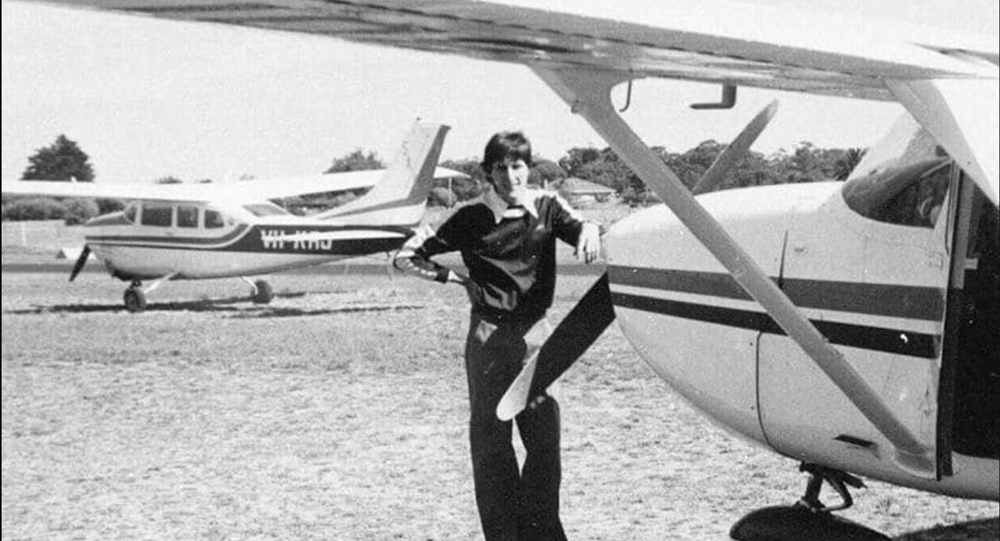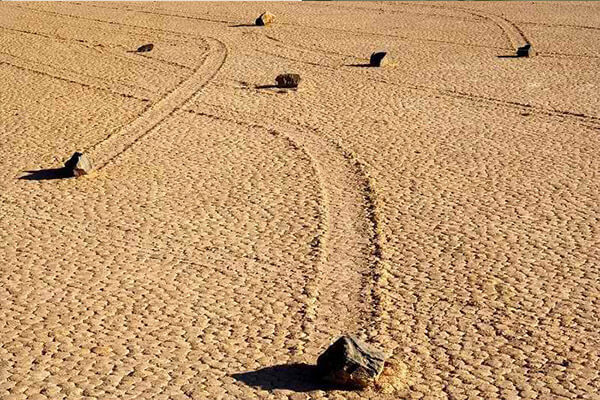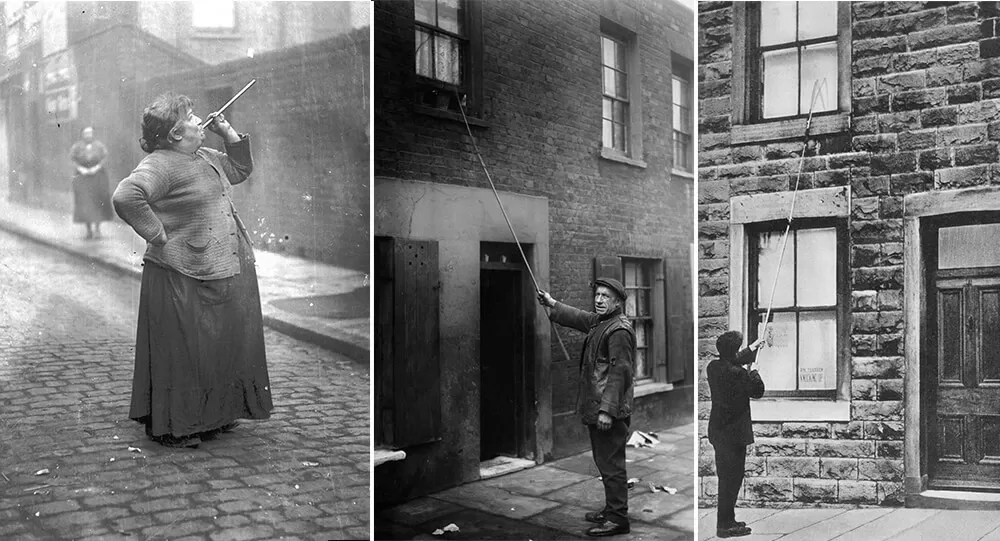You might have seen a popular photograph of a man sitting cheerfully next to a pile of beautifully printed flour sacks, stating that the bags were used to make clothing for children in need. The short answer is that it is true! From the 1920s until the 1960s, flour sack attire was a common choice for many. But first, let’s look at the background of those pretty flour bags!
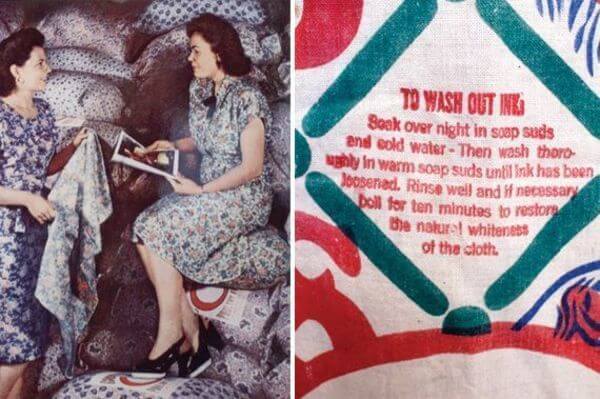
Let’s travel back to a time when saving money and frugality were the norm in support of the war effort. Young and old women wore these dresses. All of these gowns have an intriguing history, dating to a time when America was committed to recycling and the globe was at war.
Cotton: the flour holder
Beginning in the 1800s, cotton bags were used for the distribution of bulk goods like flour. To transfer more product, flour mills were able to give up wooden boxes in favor of the lighter cotton sacks. Not only did distributors find these cotton bags beneficial, but homemakers soon discovered a purpose for them as well.
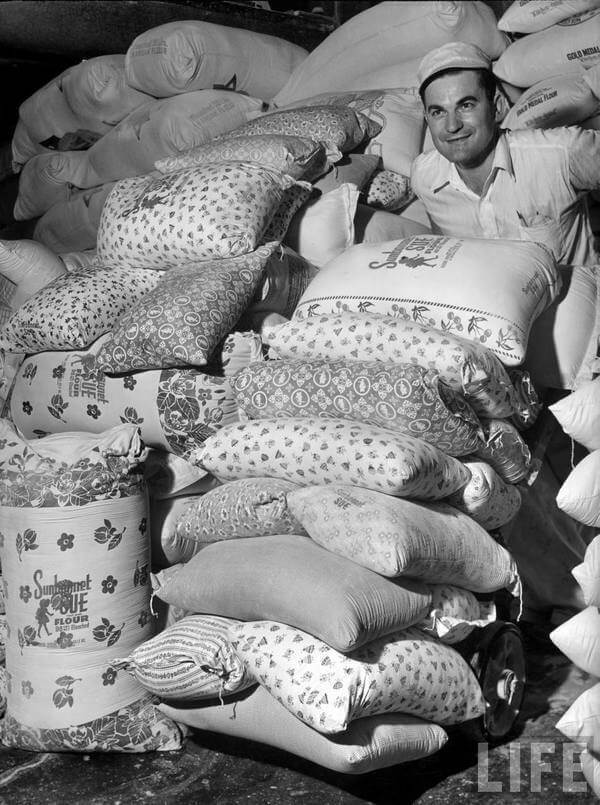
People started coming up with inventive applications for the excess fabric that was lying around the home and barns. The unsightly, simple bags were sometimes ripped into pieces and used in many homes as dish towels.
These simple cotton sacks would be in use until 1922, but their influence and value would last for a very long time. Millers believed that switching the cotton sacks out for paper cartons would be more practical, both for distribution handling and storage for the typical housewife, and on April 28, 1922, The Washington Post published an article titled “Farewell to the Old Flour Sack.”
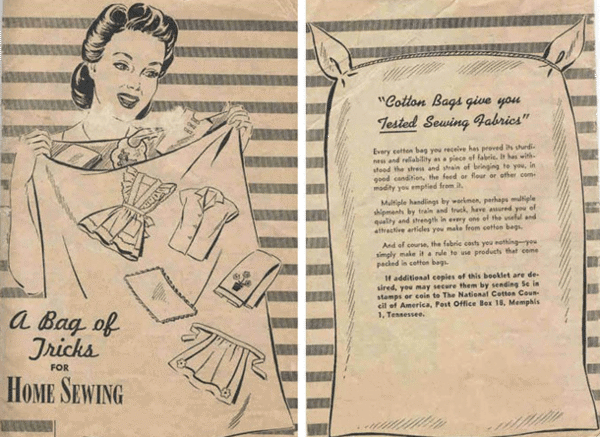
However, according to Feed Sack Secrets: Fashion from Hard Times, “both the city and country housewife would see the old flour sack in a new light in just a few short years. Thanks to a young guy by the name of Asa, changes were on the way. Bales, T.
Where flour sacks to pretty clothes started
In October 1924, Mr. Bales of Roscoe, Missouri, applied for a patent for cotton bags that had attractive patterns and were sizable enough to be used for apparel. Asa was specifically awarding his patent to the St. Louis-based George P. Plant Milling Co. for their new “Gingham” flour product. Different brands, such as “Gingham Girl,” “Mother Gingham,” “Baby Gingham,” and “Gingham Queen,” were created from the original line.
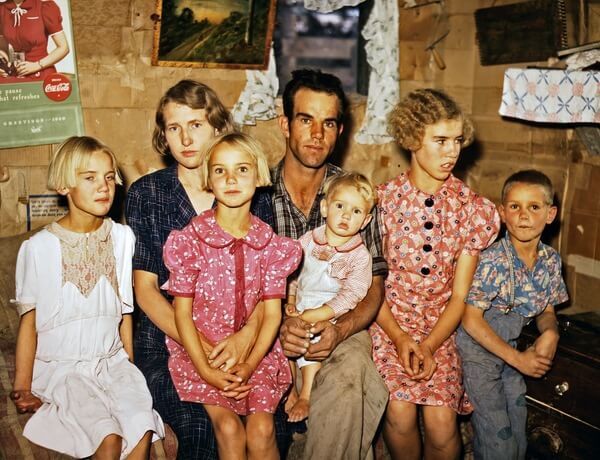
Plant Milling executives thought this was a fantastic marketing opportunity, since consumers would immediately recognize their brand when they saw the Gingham pattern. The indications on the package, such as the brand name, would wash away because the sacks were designed with clothing in mind, according to Bales’ patent. Specifically, this was done so that the cloth could be made into garments.
As soon as other mills learned about the strategy, they began creating their own chic packaging. The rival mills would engage in a contest to see who could create the most appealing pattern, using everything from pastels to novelty patterns.”
“A yard saved, was a yard gained towards victory”
When the United States entered World War II in the 1940s, Americans who were not on the front lines made sacrifices so that the soldiers would have food. The war effort received all of the cotton and wool that was available. Homemakers used the cotton sacks to produce apparel out of a desperate need for fabric. The flour sack dress evolved into a popular and fashionable garment. There were flour sack costumes everywhere you turned. There were even contests where ladies would compete and display their stitching prowess.
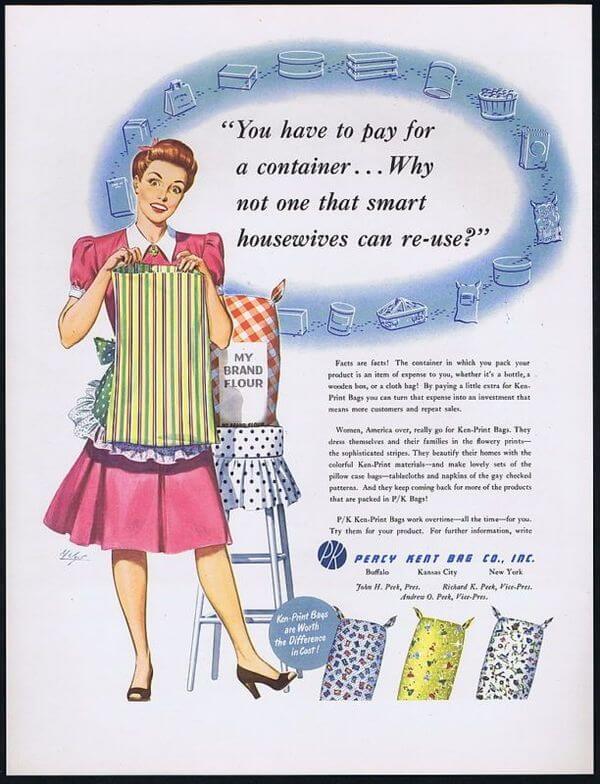
These costumes provided rural women with a cost-effective method to flaunt their sense of style. Before the 1960s, flour sack dresses were all the rage. We still recall the design of these recognizable gowns and the historical impact they have now!
Below are a few of the patterns that came from the bags:
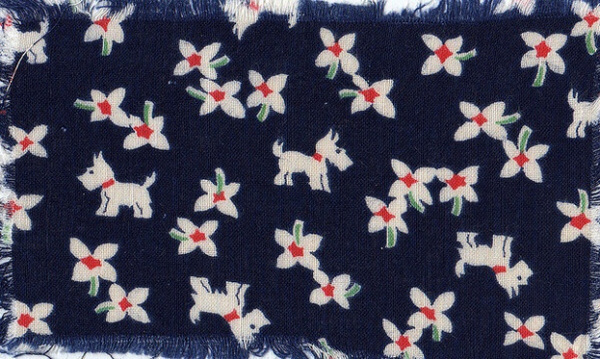
Lovely dog and flower pattern. Photo credit: archiveproject.com
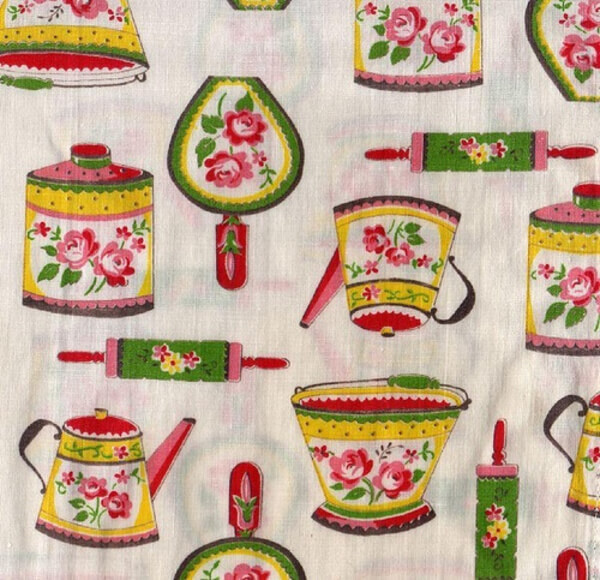
This fun pattern could have been used for all kinds of designs and garments. Photo credit: archiveproject.com
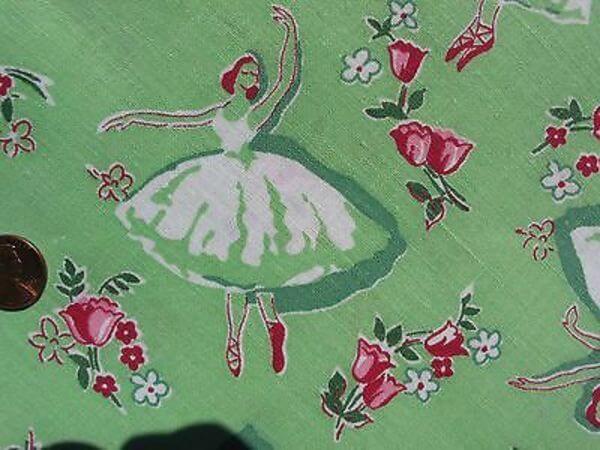
Here’s one of our favorite designs – this would have made a lovely dress! Photo credit: archiveproject.com
